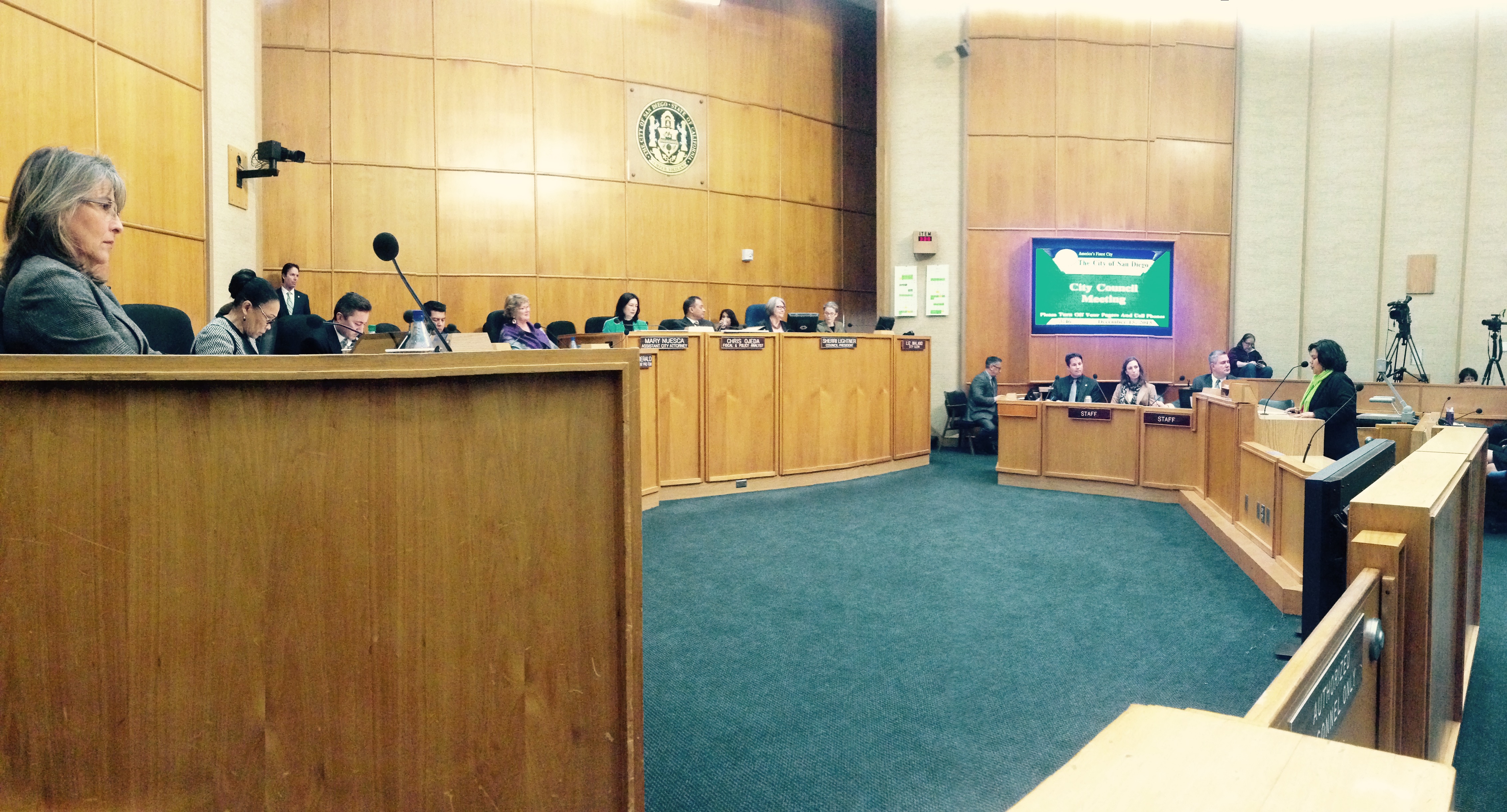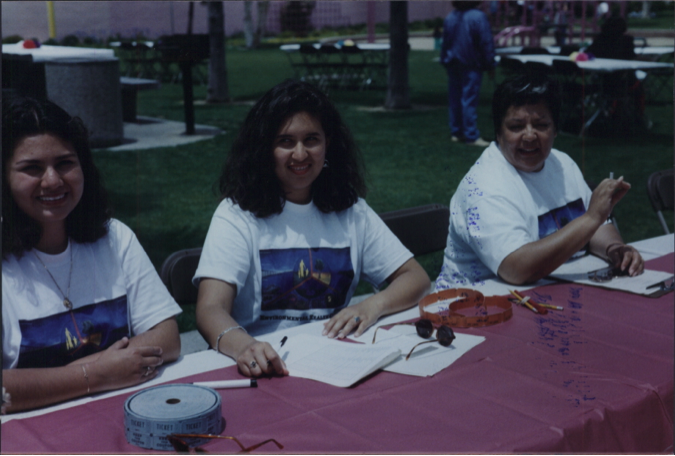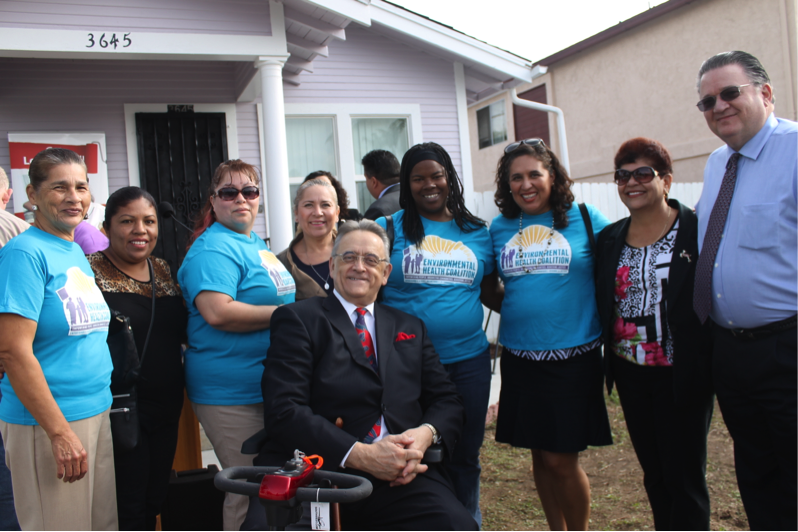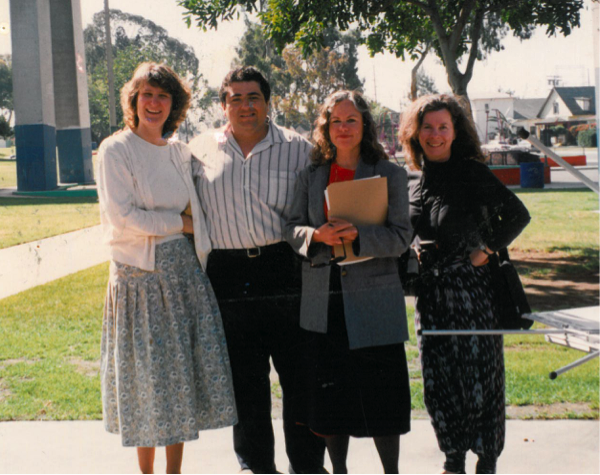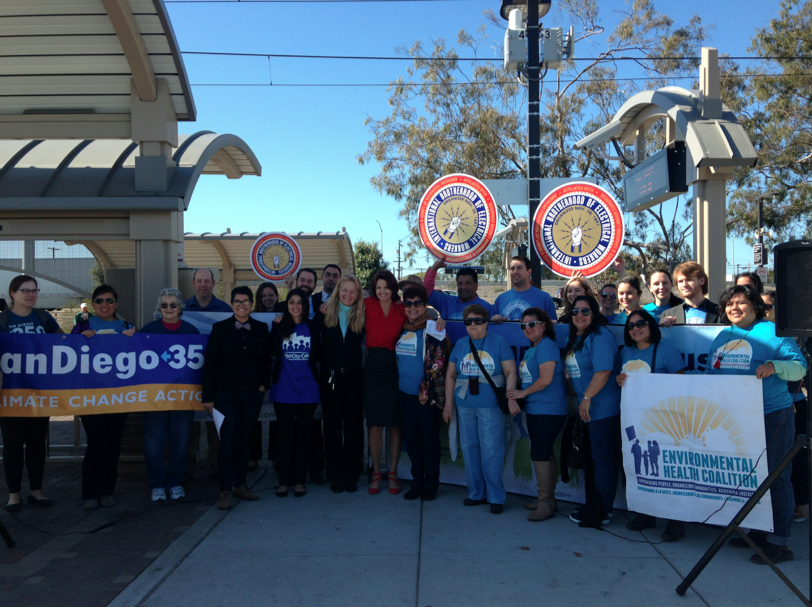
We all need to move. How we get from place to place is deeply connected to our quality of life. Unfortunately, not all communities have the same access to healthy, safe, reliable and affordable transportation options, such as public transit and biking and walking paths. That means some people don't have access to the same quality of life, just because of where they live. Transportation justice is the equal access of all people to the transportation they need for a better quality of life.
Now, SANDAG has proposed a half-cent sales tax increase slated for the November 2016 ballot to generate new money for transportation projects in San Diego County. SANDAG is developing a list of projects that the tax increase would fund. Should its countywide tax increase pass in November’s election, SANDAG’s predetermined list of projects will become a blueprint for decades of regional growth. The projects we decide on now will undoubtedly impact us for the rest of our lives.
SANDAG must seize this opportunity to invest in a sustainable future to meet the needs of our communities.
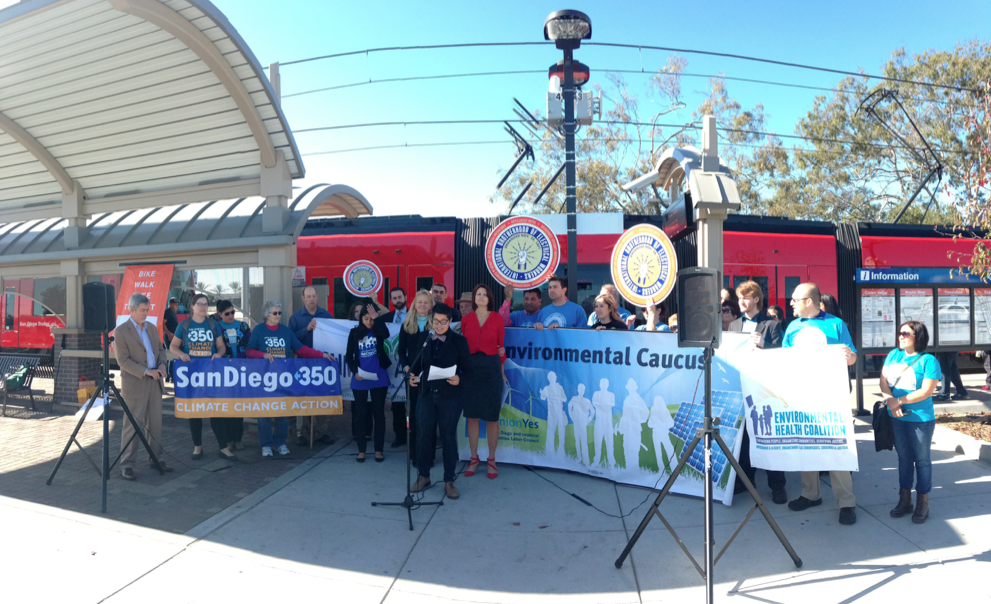
We stand in solidarity with more than 20 other organizations that represent environmental, social justice, labor union, climate action, affordable housing and transit advocates from throughout the San Diego region and call for SANDAG to invest public money in a socially and environmentally equitable manner.
It is going to take visionary leadership to meet the mobility, economic and climate action challenges of the 21st century.
Our vision benefits residents throughout the county, positions San Diego communities to leverage state and federal funds and accelerates regional efforts to invest in better transit, safer streets for biking and walking, good jobs and clean air.
The Coalition urges SANDAG to avoid duplicating the unsustainable vision it approved in the Regional Transportation Plan. In October, 2015, SANDAG cited that there was a lack of funds for transit and infrastructure to make our streets safer and passed a plan with major freeway expansion projects and minimal investment in transit, biking and walking infrastructure for the next 30 years. SANDAG’s prospective ballot measure provides another opportunity for San Diego County to make progress toward a sustainable future. New money and old thinking doesn’t mix, and the San Diego region cannot afford to spend this money on freeway-centric investment and planning contributes to air pollution and has proven not to alleviate traffic congestion in the long run.
The Coalition hopes to work with SANDAG to build San Diego County into a vibrant and inclusive economy that lifts up families, addresses climate change and creates healthier neighborhoods and good jobs instead of continuing down a path of increased air pollution, harmful effects of climate change, poorly paying jobs and insufficient transportation options.
Seize your opportunity to tell SANDAG how you would you want your tax dollars spent.
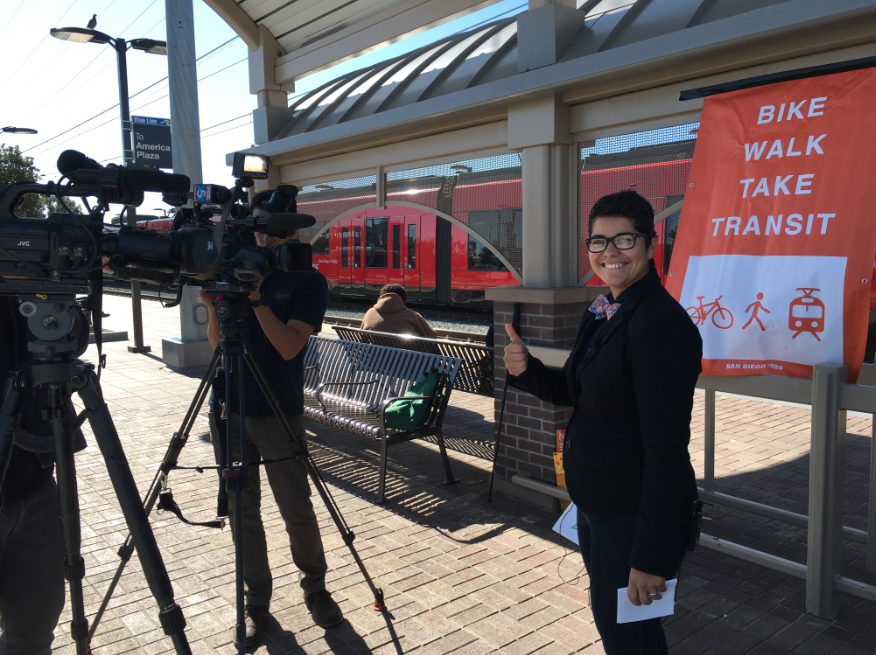
Click here to tell SANDAG what matters to you and ask it to prioritize:
SANDAG will offer public input opportunities from January 27 through March 25.
Want to make your voice heard in person? We encourage you and hope you will join us at the SANDAG transportation committee meeting and regional planning committee meetings on February 5, at 9 a.m. and noon at 401 B Street, San Diego, Floor 7.
Want to join our movement? Please This email address is being protected from spambots. You need JavaScript enabled to view it. or call (619) 474-0220 ext. 115 to get involved.


